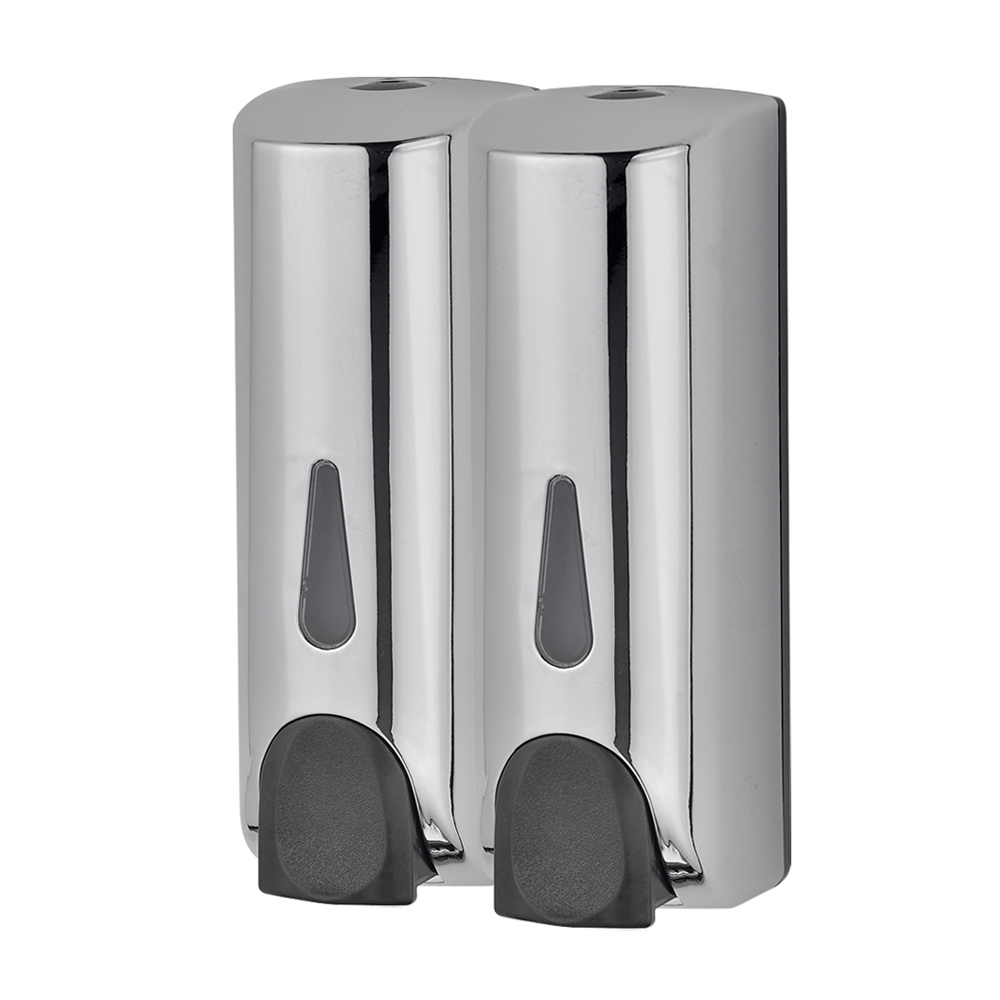As global awareness of environmental issues continues to grow, both consumers and businesses are shifting toward more sustainable hygiene solutions. Among the products seeing a notable rise in demand are refillable options that reduce waste and promote long-term usability. One of the many discussed items in this shift is the plastic soap dispenser, which is being reconsidered in design and function to meet eco-conscious expectations.

The traditional plastic soap dispenser has long been a fixture in homes, offices, and public facilities. However, its disposable nature and single-use refill packs have contributed significantly to plastic waste. To address these concerns, many manufacturers have introduced designs intended for repeated refilling and extended use. These changes are helping reduce the frequency with which dispensers are discarded, encouraging users to adopt more sustainable practices in their daily routines.
Meanwhile, the modern wall mounted soap dispenser is gaining traction as a practical and space-efficient alternative. Typically installed in commercial or high-traffic settings, these dispensers support bulk refills and are built for long-term durability. Their fixed positioning and sleek profiles make them an appealing choice for businesses aiming to balance hygiene standards with a cleaner environmental footprint. Additionally, they reduce clutter on countertops and simplify maintenance schedules for cleaning staff.
One reason for the increased adoption of refillable options is growing institutional interest in sustainability goals. From hospitality to healthcare, various sectors are re-evaluating the impact of their hygiene systems. The plastic soap dispenser, once favored for its convenience, is now being redesigned with recyclable materials or biodegradable components. When paired with refill stations, these dispensers offer an efficient method for lowering packaging waste.
Homeowners are also joining the movement by choosing designs that match both their interiors and values. The modern wall mounted soap dispenser has started appearing in residential bathrooms and kitchens, favored not only for its clean aesthetic but also for its reduced reliance on disposable packaging. Its integration into home environments signifies a broader cultural acceptance of commercial-grade hygiene tools adapted for everyday use.
The shift toward refillable products does not mean compromising functionality. In fact, many of the new plastic soap dispenser models are engineered for ease of refilling and resistance to wear over time. These improvements cater to users who want durable, low-maintenance solutions without sacrificing visual appeal or practicality. This renewed interest in functional longevity has contributed to the product’s continued relevance even as preferences evolve.
Similarly, the modern wall mounted soap dispenser continues to evolve in terms of materials and features. Some models now include transparent reservoirs for monitoring soap levels, touch-free mechanisms to limit contact, and compatibility with various types of liquid soaps. These enhancements support both user convenience and public health measures, while still keeping sustainability at the forefront.
The environmental advantage of reducing single-use plastics is central to the ongoing transformation. By selecting a refillable plastic soap dispenser, consumers are able to significantly cut down on container waste, especially when buying soap in larger, eco-friendly bulk formats. Refillable systems also reduce transportation emissions associated with the frequent restocking of individually packaged products.
As corporate and governmental policies begin to emphasize environmental responsibility, businesses are being encouraged—or required—to make changes in their procurement processes. The modern wall mounted soap dispenser, already favored for its efficiency, is being installed as a long-term solution in schools, airports, and office buildings. Its stable design supports repeated use while aligning with institutional goals of reducing single-use items.
In conclusion, the rise of refillable hygiene solutions marks a clear shift in public and private attitudes toward sustainability. Both the plastic soap dispenser and the modern wall mounted soap dispenser have adapted to meet new expectations, offering users functional products that support environmental stewardship. As this trend continues, it’s likely that refillable systems will become a standard component of hygiene infrastructure across a wide range of settings.
 English
English Español
Español العرب
العرب








